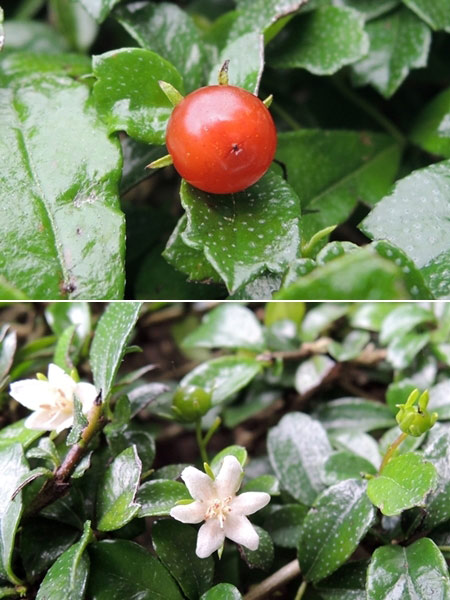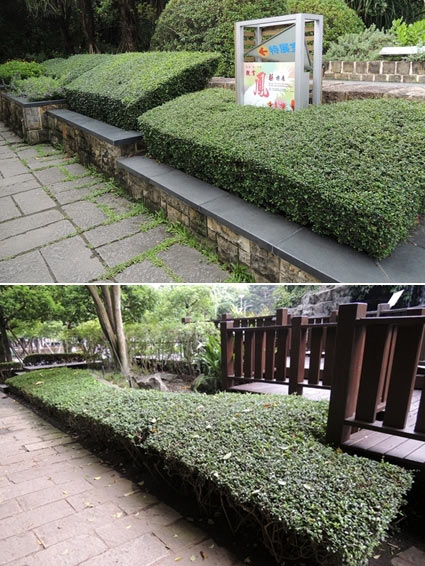Carmona retusa
The false tea ehretia is a plant that has attracted much attention in Taiwan's horticultural community. It often stands out at various bonsai exhibitions, attracting attention with its unique appearance. In addition, due to its tolerance to pruning and dense foliage, it is often used as a hedge.
One of the most distinctive features of the false tea ehretia is its small, dense leaves. These elliptical leaves are covered with rough hairs that have a unique texture. On the underside of the leaves, there are noticeable white spots, which are believed to be related to the tree's adaptation to the salt content of the coastal environment.
In the art of bonsai, the tolerance for pruning of the false tea ehretia provides gardeners with ample creative freedom. It is often pruned into various shapes such as cliff-style or straight-trunked, showcasing a rustic charm that is highly favored by bonsai enthusiasts. When used as a hedge, the dense foliage of the false tea ehretia forms a sturdy green barrier, providing excellent privacy and landscaping effects. Additionally, its seeds are easy to germinate, making it an excellent material for seed potted bonsai. Simply harvest the mature fruits, wash them, remove the seeds, and plant them in a pot to await germination. However, its seeds have thorns, so handle them carefully to avoid injuring your hands.
The false tea ehretia is distributed from India through Malaysia, Mainland Southeast Asia, southern China and Hainan Island, the Philippine Islands, Taiwan, and the Ryukyu Islands, growing in low-altitude sunny shrublands. In Taiwan, it is native to Lambai Island, the Hengchun Peninsula in the south, and the coastal areas of Taitung in the east. The false tea ehretia is planted as hedges near the Special Exhibition Room of the Botanical Garden.

